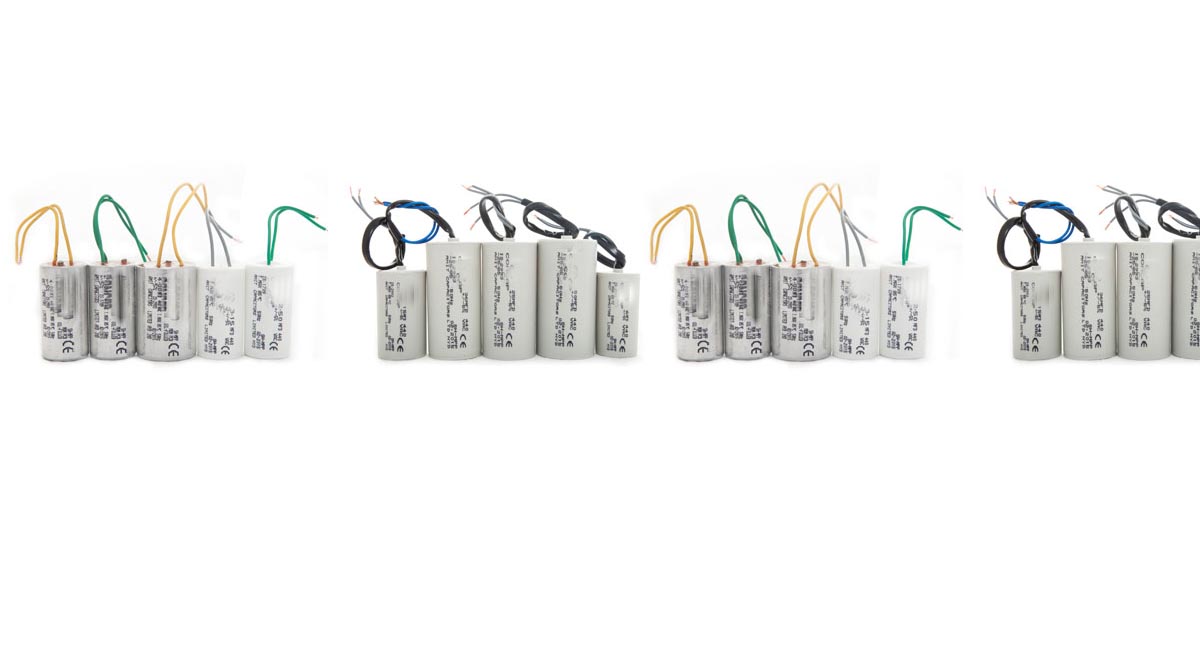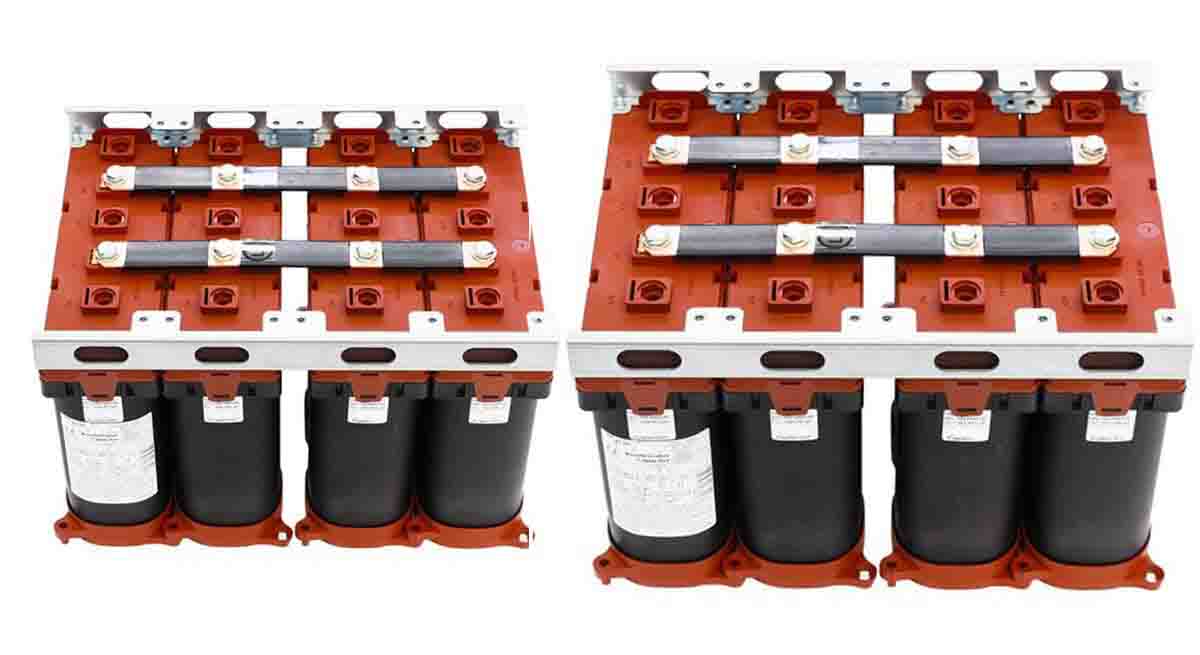APPLICATIONS
of Zinc Wire
Modern practice favours zinc and tin-zinc, since these materials cause less damage to the capacitor, provide a better surface for attaching and give more consistent results. The sprayed deposits may be either combustion flame sprayed or electric arc sprayed but arcsprayed coatings are most commonly used. Because arc sprayed zinc give cooler deposits there is less damage to capacitors and the product is more consistent. Arc spraying also offers considerable production engineering and economic benefits. The rolled capacitors are mounted in a jig. Masking is accomplished either by an extra film winding, which is removed before boxing or encapsulation of the capacitor, or by flattening the capacitors and packing them tightly into the spraying jig.
For small quantity production, jigs may be hand sprayed or hand fed to a pistol on a fixed mounting, but, where large quantities (several hundred thousand – several million/week) are required, fully automated plant where both pistol and jig are moved to give a controlled x-y traverse. The pistol is usually directed either normal to the capacitor end or up to 15º from the normal. The sprayed coating thickness is determined by the winding quality and is usually 0.014″-0.016″ (350µm – 400µm) but for some high class thin film capacitors, coatings may be thinner 0.010″-0.012″ (250µm – 300µm). The choice of coating depends on the joining technique; usually the coating is mainly zinc with the final 0.003″- 0.004″.

Zinc wires are also used in the capacitor technology and have extremely favorable results. Spraying on the capacitor ends with Zinc wires cause less damage to the capacitors, provides a better surface for attaching and gives more consistent results than a coating performed using any other non-ferrous wire.
Application of metallic contact layer ("schoopage") — The projecting end electrodes are covered with a liquefied contact metal such as zinc, which is sprayed with compressed air on both lateral ends of the winding. This metallizing process is named schoopage after Swiss engineer Max Schoop, who invented a combustion spray application.

Advantages of arcspraying